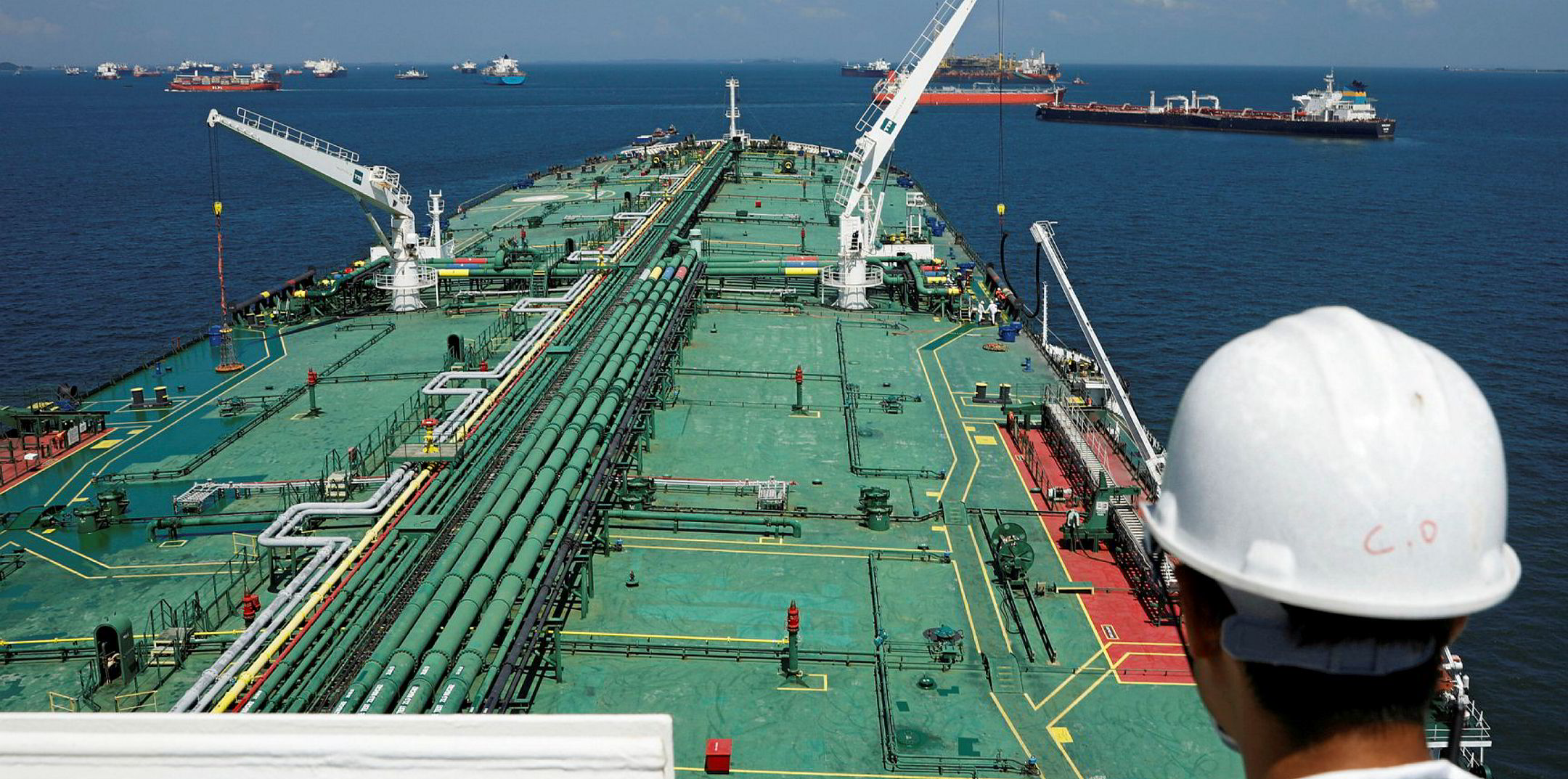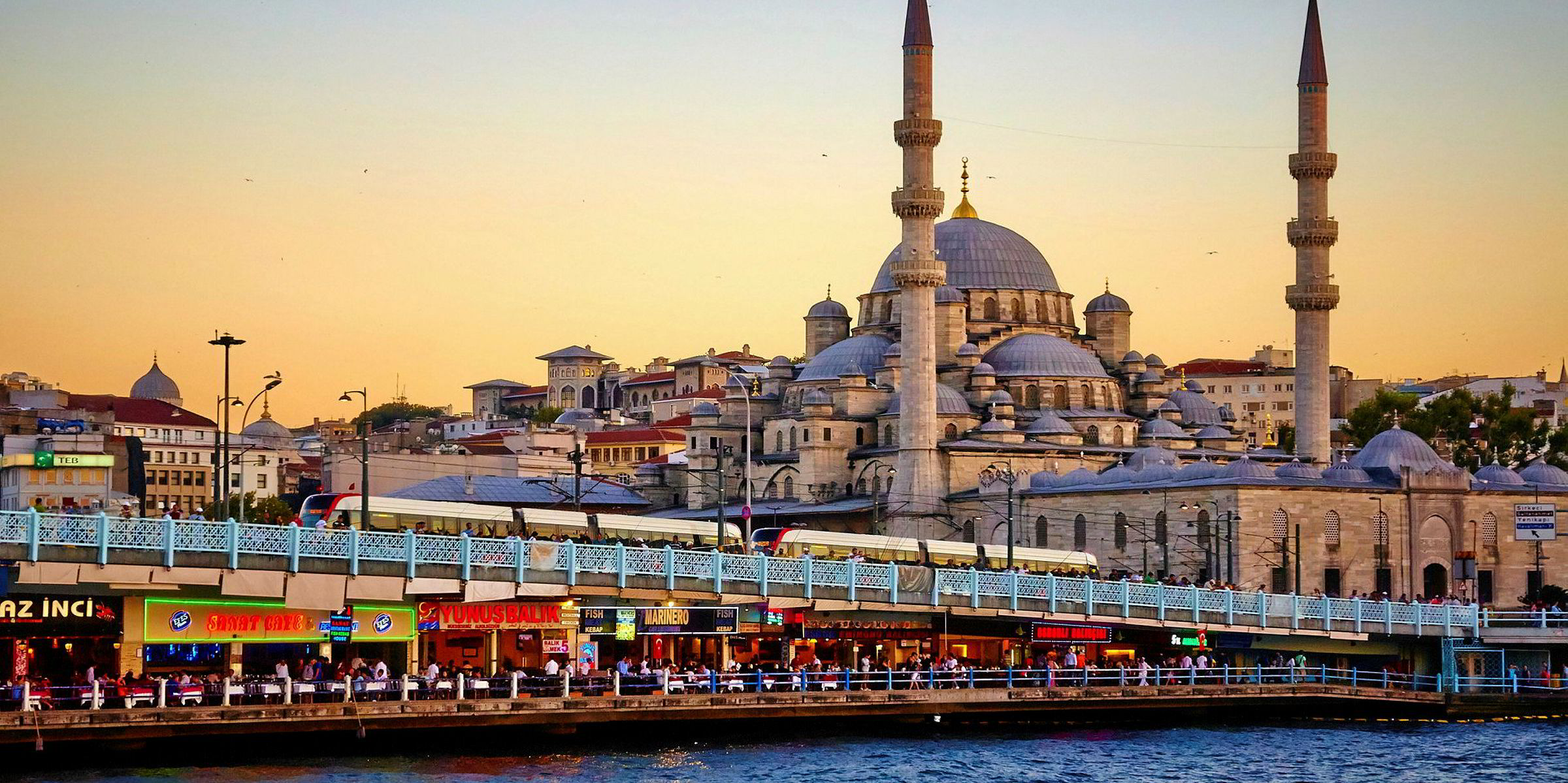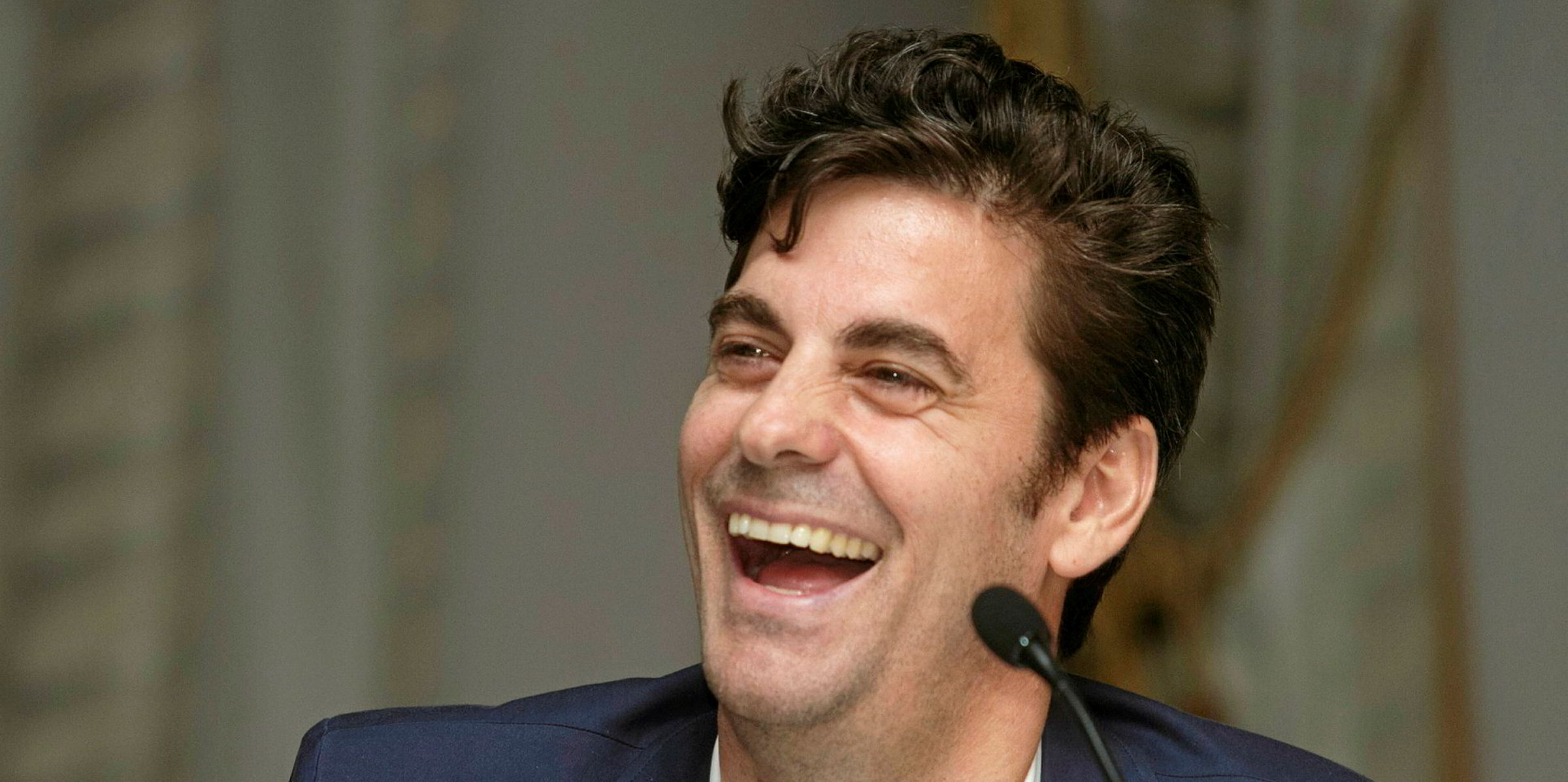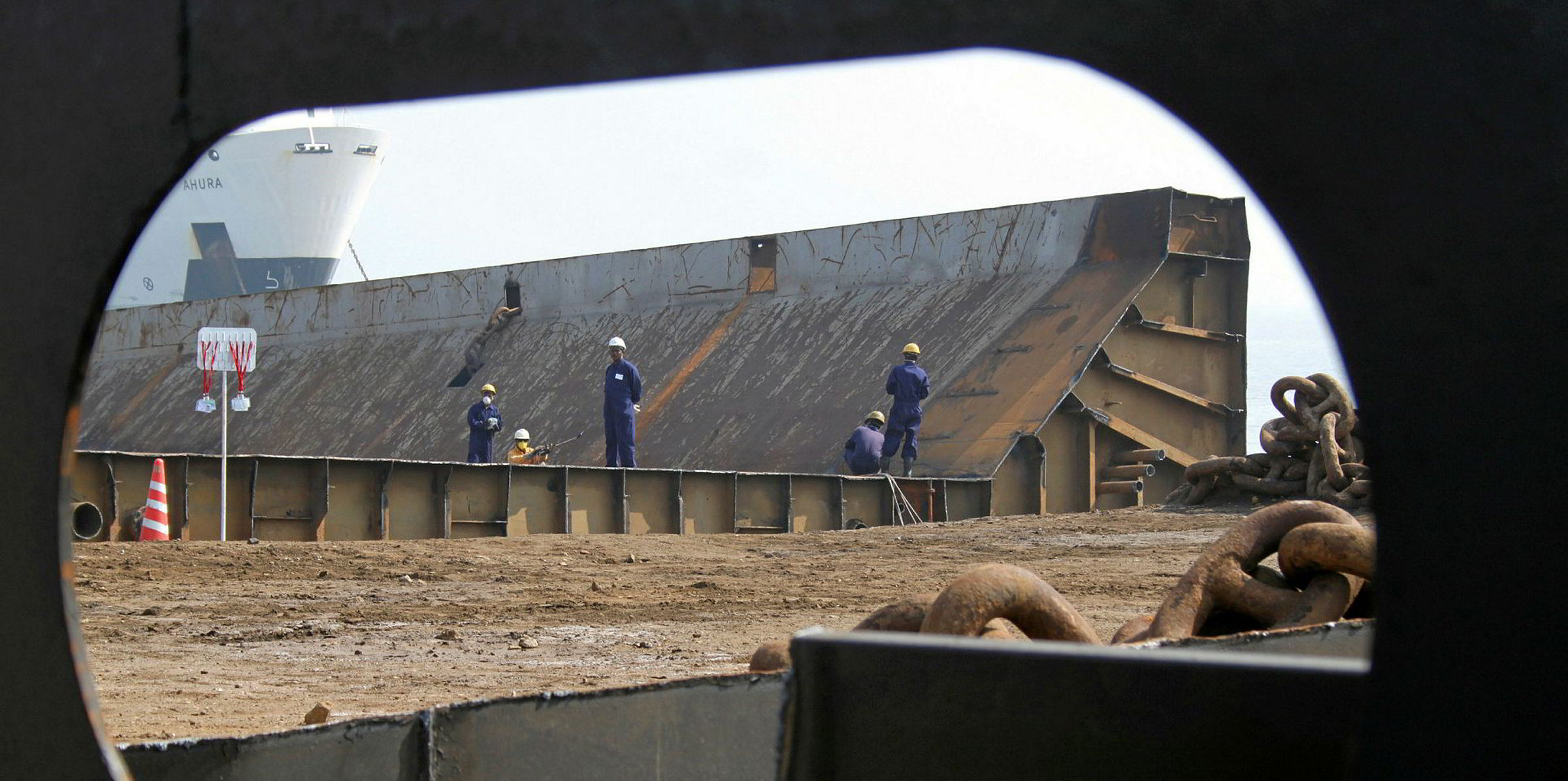Following the correction of spot earnings, the time-charter and forward freight agreement (FFA) trades for VLCCs have cooled down this month.
Brokers reported GS Caltex booked the 314,000-dwt, scrubber-fitted C Passion (built 2013) from SK Shipping for three years at $37,000 per day, about $9,000 a day down on comparable deals last month.
Clarksons assessed the three-year rate for a modern VLCC without scrubbers at $35,000 per day as of last Friday, down from $45,000 per day on 11 October.
Meanwhile, Trafigura reportedly fixed the 310,100-dwt Duqm (built 2008) from Oman Shipping for 24 months at $33,000 per day.
This compared with Braemar ACM’s assessment of the two-year rate for a non-eco VLCC at $44,500 per day in mid-October.
While the current rate level is sufficient to generate profits for most owners, market players have scaled down their expectations amid a sharp correction in spot earnings.
As the temporary boost from Middle Eastern geopolitical tension and US sanctions against a large chunk of Chinese tonnage has gradually disappeared, shipowners are starting to feel the pressure from substantial fleet growth.
“I guess everything is weaker now,” a market source said.
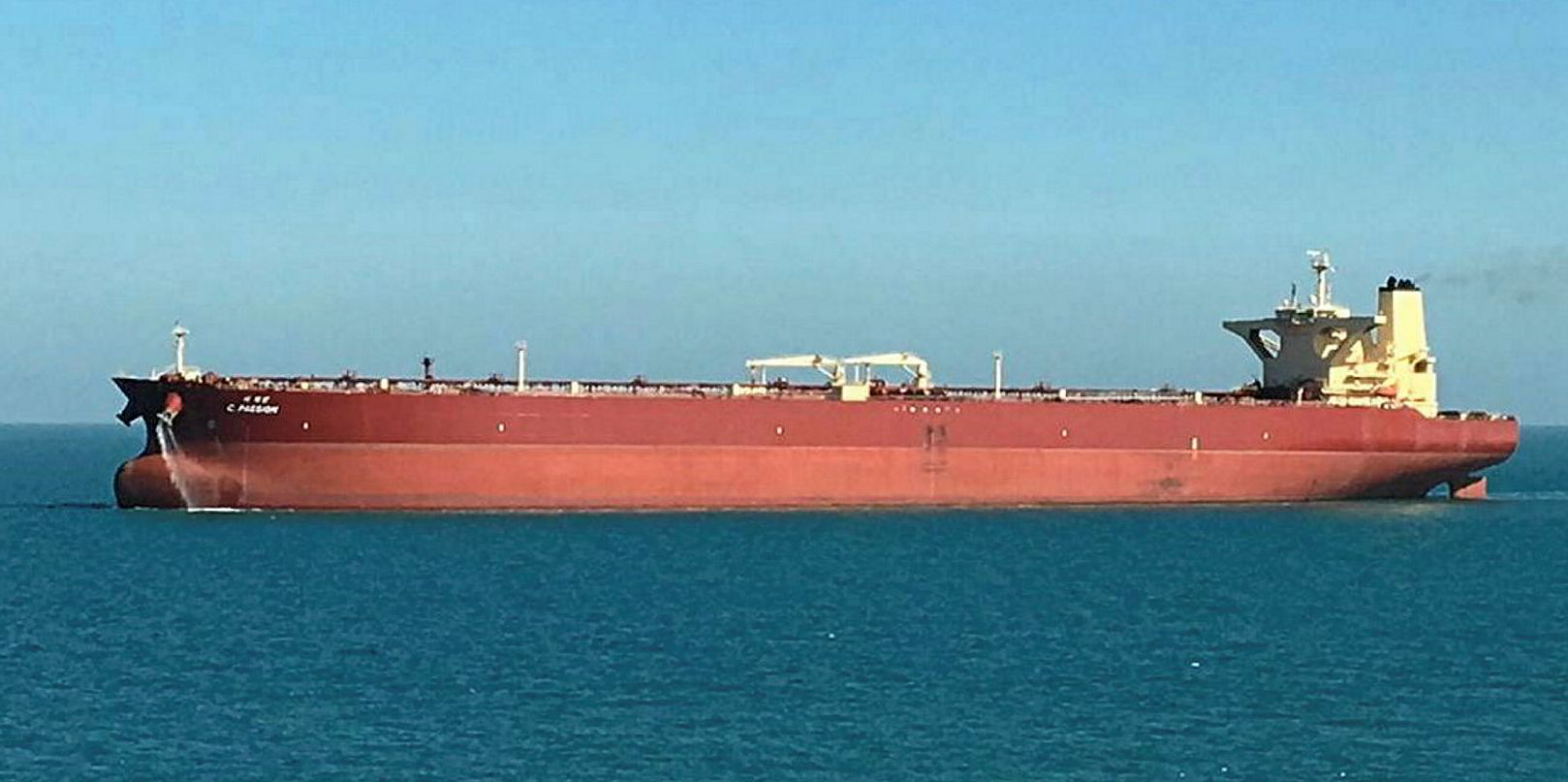
On one hand, data from Clarksons shows 62 VLCC newbuildings have been delivered into the trading fleet this year, with another seven due.
On the other, only four VLCCs have been demolished this year, compared with 31 units for the whole of 2018.
'Less willingness for scrapping'
“This year’s dramatic decline in numbers is not surprising, considering that the pool of prime candidates for demolition has been considerably reduced following intense activity in 2018,” Gibson Shipbrokers said.
“Throughout this year, there also has been less willingness from owners to send tonnage for scrap as expectations were running high that the rebound in the market is just around the corner.”
A similar, though less pronounced, downward trend has also been developing in the FFA market.
The contract for VLCC earnings on the Middle East-China route in 2020 was traded at nearly $44,000 per day earlier this week, compared with $50,300 per day on 10 October, according to the Baltic Exchange.
The 2021 contract eased to $34,000 per day from $35,400 per day in the same time span.
With a dim global economic outlook amid the US-China trade war, slowing oil demand growth has emerged as one of the top concerns for tanker players.
More than half the planned scrubber retrofits are yet to be done. Several ships that have opted against sitting out the strong market in a shipyard over the winter are likely to return to install scrubbers over the first half of next year
Braemar ACM
“Although at present there is some optimism about the US-China trade talks, the evidence is mounting that the current state of affairs is already reducing the gains in world oil consumption and is likely to translate into sluggish growth in demand next year, keeping a lid on the potential rebound in tanker earnings,” according to Gibson.
In October, the International Energy Agency lowered its forecast for global oil demand growth for 2020 by 105,000 barrels per day (bpd) to 1.2m bpd.
Short-term bullishness
Most industry participants agree tanker earnings will remain bullish for the months ahead.
Based on Fearnley Securities’ forecast, VLCC earnings will average $68,000 per day this quarter and $51,000 per day in the first quarter of 2020.
Official figures show China hiked crude imports to an all-time high level of almost 10.8m bpd in October, and experts expect the world’s largest seaborne crude buyer will keep imports at an elevated level until the end of the year.
With the ramp-up of the new Zhejiang Petroleum & Chemical refinery, Platts Analytics has forecast that Chinese refinery throughput will grow by 776,000 bpd year-on-year in the fourth quarter of this year.
Also, analysts have widely expected the IMO 2020 bunker rules will remain a bullish factor, with many owners taking their ships out of trading for scrubber installation or floating storage.
The IMO has called for all vessels to switch to 0.5% sulphur fuel from high-sulphur fuel oil (HSFO), unless they are installed with scrubbers.
“More than half the planned scrubber retrofits are yet to be done,” Braemar ACM said. “Several ships that have opted against sitting out the strong market in a shipyard over the winter are likely to return to install scrubbers over the first half of next year.
“Floating storage is likely to continue to occupy most of the fleet storing today, through to the end of 2020.
“While, the [IMO 2020-compliant] low-sulphur fuels in storage now are likely to be drawn-down over the first quarter of 2020, we expect HSFO to be stored at sea [throughout] 2020.”
